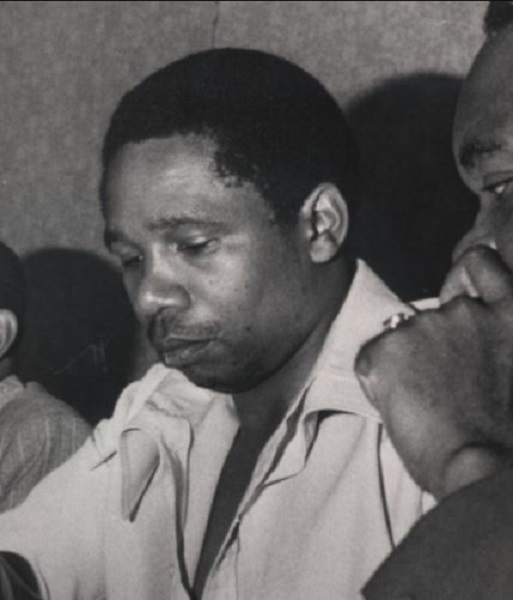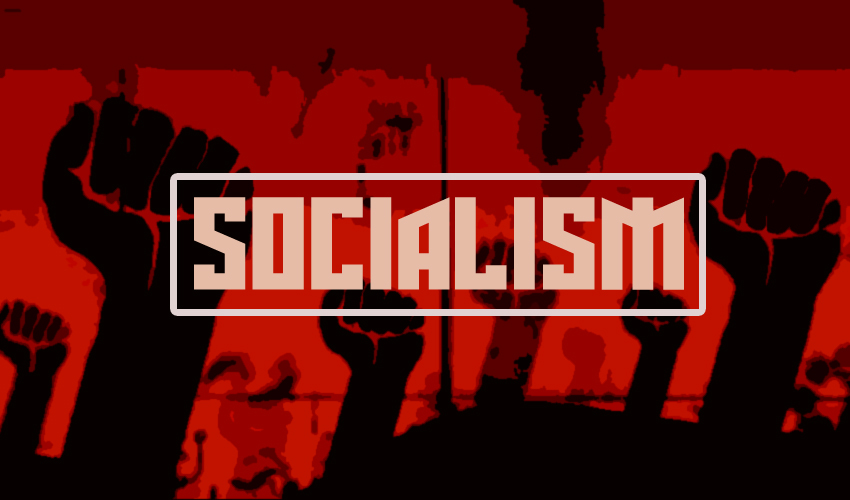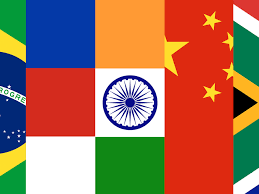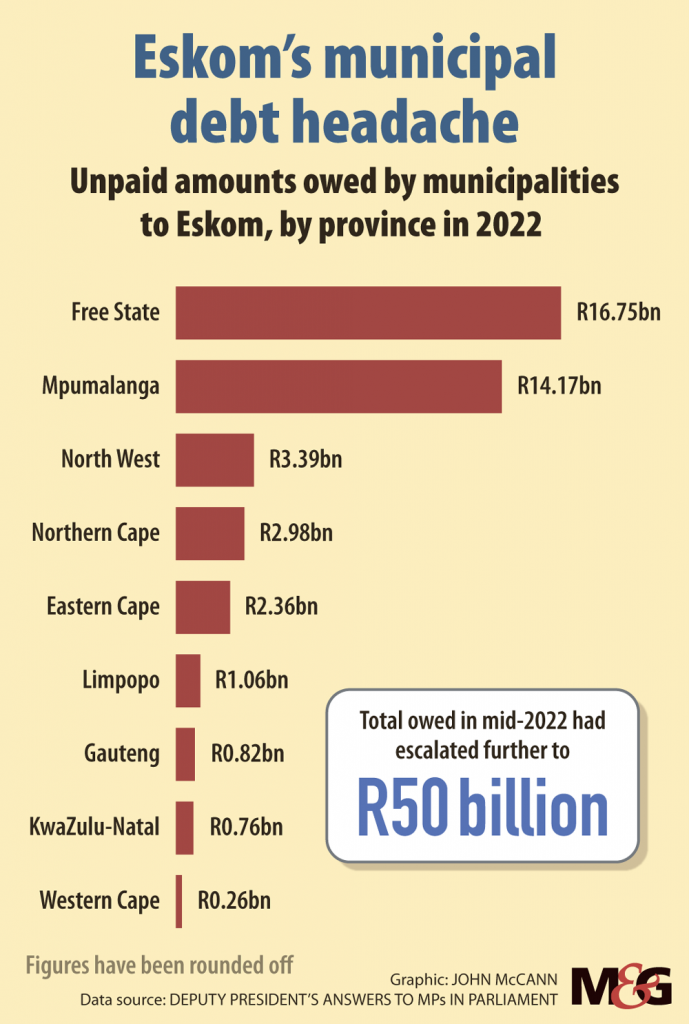Former National Soccer League CEO Cyril Kobus dies


Schoenstatt’s Founder was a priest, Father Joseph Kentenich was born in 1885, near Cologne in Germany. In 1912, he was appointed Spiritual Director in the Pallottine Minor Seminary. His educational goals were clear: "The young men were to become strong, free, leader personalities who aimed at holiness in everyday life in the World." He inspired the young people to achieve this goal through self-education, encouraging them to turn to Mary as a Mother and Educator.
On October 18, 1914, he dared to take the first step in founding the Schoenstatt Movement. Gathered with some of the students in their small Chapel. They consecrated themselves to Mary, an act that has since become known as: "the Covenant of Love." This Covenant of Love, is a mutual exchange in which Mary completely gives herself. Whoever responds by offering his or her life entirely to Our Lady. They asked her to make the little Chapel her shrine. This is now a place of grace and pilgrimage. In return, they offered her their apostolic efforts, prayers and sacrifices, that this wish would become a reality. None of the youths who had gathered in the little cemetery Chapel of the once Augustinian Monastery could have known that this day was the beginning of such a growth and development.
Nearly 100 years of Schoenstatt history have shown that our Lady took their Covenant seriously and had claimed this spot for herself. Schoenstatt has become one of the bigger religious centres of renewal in the World!
The Schoenstatt Family today is made up of more than 25 different branches and communities all over the World. As an apostolic Movement, it belongs to one of the renewals of spiritual life within the Catholic Church, including communities for laity and priests, for married and unmarried, for youth and families – each organised according to the degree of commitment to apostolate and community life.
"Some call it cute, some call it an oasis of peace, a source of strength, others ask: “Why so small?” Whatever the experience, the truth is that our little Shrine in Constantia is a replica of the original Shrine in Schoenstatt, Germany." The original foundations of the so-called Mother Shrine go back to the 1300's when the property belonged to the Augustinian Community.
The meaning of the word Schoenstatt means “a beautiful place”. The Shrine in Constantia was blessed in 1960 and has become a haven for many. In 1901 the property in Schoenstatt, Germany, came into the hands of the Pallottine Fathers. In 1914, Fr Joseph Kentenich, together with some young seminarians, invited the Mother of God to come into the shrine and make it a place of grace and pilgrimage. It was a daring request which was to have far-reaching consequences.
The First World War had already begun and some of the young men were later called on, to fight in the battlefields. A number of them died, having pledged their lives for the fruitfulness of Schoenstatt. They were all heroic and saintly. The cause for canonisation has been opened for Joseph Engling, one of the seminarians. This Shrine in Constantia, is 1 of the almost 200 “Daughter Shrines”, found on all Continents.
https://www.facebook.com/reel/620924823370350?sfnsn=scwspmo&s=F5x8gs&fs=e&mibextid=6AJuK9
https://schoenstattconstantia.co.za/retreats/
https://schoenstattconstantia.co.za/contacts/
https://adct.org.za/constantia-schoenstatt/
https://www.christianity.com/church/denominations/what-is-catholicism.html
https://www.facebook.com/schoenstattsouthafrica.org.za
https://schoenstattconstantia.co.za/the-schoenstatt-movement/
https://www.schoenstatt.org/en/services/about-schoenstatt/schoenstatt-heroes/joseph-engling/
https://www.instagram.com/p/Cn_xjrgMN_r/?igshid=MDJmNzVkMjY=
http://www.kzn-southcoast.com/southport-beach.html
https://www.tripadvisor.co.za/Tourism-g6632784-Southport_Port_Shepstone_KwaZulu_Natal-Vacations.html
https://www.facebook.com/dolphinplacesouthport?mibextid=ZbWKwL
https://www.thebirdinglife.com/post/chasing-lifers-on-the-kzn-south-coast

Socialism is a political and economic ideology aiming to create a society where all members distribute resources and wealth equally. It is based on the belief that resources should be owned and controlled collectively rather than by individuals or corporations and that the means of production should be publicly owned and managed.

BRICS is an acronym that refers to the grouping of five major emerging economies in the world: Brazil, Russia, India, China, and South Africa. This grouping has become a significant force in the global economy, influencing international policies and shaping the world's future. The BRICS countries have a combined population of over 3 billion people and a combined Gross Domestic Product (GDP) of over $16 trillion, making them influential players in the global economy.
The History of BRICS
The Theewaterskloof Dam is one of the features of Villiersdorp, and is significant for being the seventh-largest Dam in the Country. Here, you can enjoy activities on the Theewaterskloof Dam such as sailing, powerboating, freshwater angling, canoeing, power kite surfing and swimming. The Riviersonderend River provides the water flow which feeds into the Vyeboom Wetland and it has the highest unit runoff of all the areas that feed the Theewaterskloof Dam catchment. The dam is roughly an hour and a half's drive from Cape Town, a rather big dam that can hold as many as 480 million cubic metres of water when full. The surface area is 48 square kilometres that makes it something of an inland lake, rather than the image one has of an almost round, contained water catchment.
It is also part of the larger Riviersonderend-Berg River Project, a water scheme that received recognition from the South African Institute of Civil Engineers and is regarded as one of the solutions to the Cape's water problem, where the demand for water far outweighs the supply. The project links the Riviersonderend and Berg River catchment areas, capturing surplus winter run-off in to the dam, delivered via gravity through a series of tunnels to where it is needed. One can also camp on the eastern side of the dam in one of only seven campsites, each with access to electricity. For those who like fishing, Theewaterskloof is a prime largemouth bass spot and fishermen have boasted catches over 4 kilograms. Luckily the bass continue to increase in numbers after a period during which their existence in the dam was threatened by a combination of pollution, uprooting of trees, and the illegal introduction of Barbel and Carp.

Following on from Part 1, this article seeks to analyse some of the historical and present dynamics bedevilling ESKOM. Over the past twenty years, ESKOM’s systems have been under severe strain due to technical and organisations failures. ESKOM has attempted to grapple with their supply issues through investment in Kusile and Medupi, two large coal fired power stations which by 2022 are still not functioning to their capacity.

This short history of Electrical Supply Commission (ESKOM) aims to provide an overview of the history of the power utility over its first seventy-eight years. The significance of these dates is as follows: ESKOM was started in 1923 by the government and prominent industrialists and by 2001 it was a state-owned enterprise. During the abovementioned period, ESKOM had several feats and failings. This article endeavours to extract some lessons/reflections for the present from ESKOM’s past.

Of all the projects that the administrations of presidents Thabo Mbeki, Jacob Zuma and now Cyril Ramaphosa have undertaken over almost 30 years of democracy, the catastrophic management of the expansion of the country’s electricity generating capacity will prove the most detrimental to the country’s long-term prospects.
At the centre of those urgent expansion plans first brought before policymakers as far back as 1997 was the power utility, Eskom.